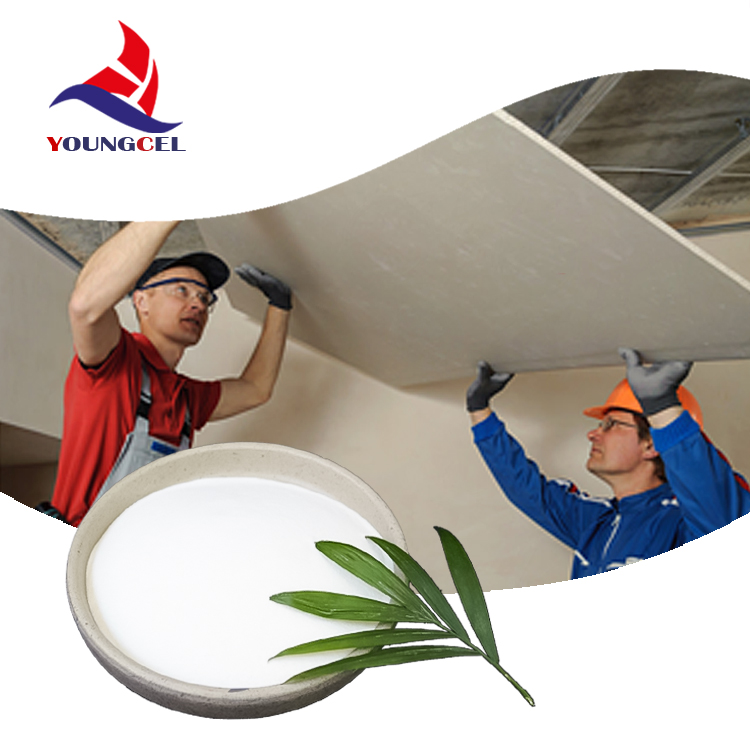Understanding the Chemical Composition of Cement
Cement, often regarded as the backbone of modern construction, plays a crucial role in the structural integrity of buildings and infrastructure. Its composition, predominantly made up of a mixture of chemical compounds, determines its characteristics and suitability for various applications. This article delves into the chemical components of cement, providing an overview of the primary ingredients, their roles, and how they contribute to the overall performance of cement-based materials.
Primary Components of Cement
The most common type of cement used in construction is Portland cement, which is composed primarily of four key chemical compounds tricalcium silicate (C3S), dicalcium silicate (C2S), tricalcium aluminate (C3A), and tetracalcium aluminoferrite (C4AF). Each of these components has distinct properties that influence the behavior of cement during hydration and its final strength.
1. Tricalcium Silicate (C3S) This compound is responsible for the early strength development of cement. It hydrates quickly, releasing heat and promoting rapid strength gain within the first few days. The hydration of C3S produces calcium silicate hydrate (C-S-H) gel, the primary binding agent in cement, and calcium hydroxide (CH). Its fast reaction helps construction projects proceed on schedule.
2. Dicalcium Silicate (C2S) C2S contributes to the long-term strength of cement. It hydrates more slowly than C3S, leading to the gradual increase in strength over time. The presence of C2S is essential for ensuring that the concrete continues to gain strength beyond the initial curing period, which is crucial for structural stability in the long run.
3. Tricalcium Aluminate (C3A) C3A significantly influences the heat of hydration and the setting time of cement. While it contributes little to the strength of mature concrete, its role in the early stages is critical, particularly in controlling how quickly cement sets. In the presence of gypsum, C3A forms ettringite, which helps regulate the hydration process during the initial setting phase.
4. Tetracalcium Aluminoferrite (C4AF) This component contributes to the color of cement and provides some strength and durability. C4AF hydrates slower than C3A and mitigates the amount of heat generated during the hydration process. Its presence also helps lower the clinkering temperature during cement production, making it a valuable component in the overall chemistry of cement.
cement chemical

The Importance of Chemical Composition
Understanding the chemical composition of cement is paramount for engineers and architects when designing concrete mixtures. The relative proportions of C3S, C2S, C3A, and C4AF can be manipulated to achieve specific performance characteristics, such as rapid strength gain for precast applications or improved durability for massive structures. Additionally, the ratios can be tailored to meet various environmental conditions, including exposure to sulfate environments or extreme temperatures.
Moreover, the addition of supplementary cementitious materials (SCMs) like fly ash, slag, and silica fume can further enhance the properties of cement-based mixtures. These materials can modify the microstructure of concrete, improve workability, and reduce the overall carbon footprint of cement production.
Environmental Considerations
Cement production is known for its significant environmental impact, primarily due to CO2 emissions associated with the calcination of limestone and the high energy consumption during the manufacturing process. However, advancements are being made to improve the sustainability of cement chemistry. Innovations such as the development of low-carbon cements, alternative raw materials, and waste-derived resources are increasingly being implemented to reduce the ecological footprint of cement.
Conclusion
The chemical composition of cement is a foundational aspect of its functionality in construction. By understanding the roles of its primary constituents—C3S, C2S, C3A, and C4AF—stakeholders can optimize cement formulations for specific engineering requirements. As the industry moves toward greener practices, the exploration of alternative materials and approaches will play a vital role in ensuring that cement continues to meet the demands of modern construction while minimizing its environmental impact. With ongoing research and development, the future of cement will undoubtedly focus on balancing performance and sustainability.
-
Rdp Powder: Key Considerations for Wholesalers in the Building Materials IndustryNewsJul.08,2025
-
Key Considerations for Wholesalers: Navigating the World of Hpmc - Based ProductsNewsJul.08,2025
-
Hpmc Detergent: Key Considerations for WholesalersNewsJul.08,2025
-
Key Considerations for Wholesalers: China Hpmc For Tile Adhesive, Coating Additives, Concrete Additives, and MoreNewsJul.08,2025
-
Crucial Considerations for Wholesalers: Navigating the World of Construction MaterialsNewsJul.08,2025
-
Key Considerations for Wholesalers Sourcing Additive For Cement, Additive For Concrete, Additive For Putty from Additive Manufacturer Shijiazhuang Gaocheng District Yongfeng Cellulose Co., Ltd.NewsJul.08,2025




